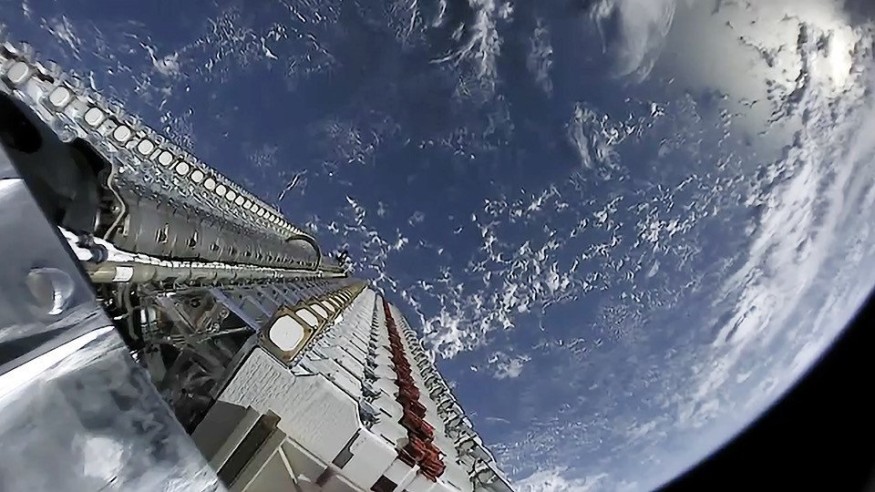NASA and SpaceX have reached a deal that will see satellites like the Starlink constellation step out of the way of NASA hardware automatically. The new strategy attempts to prevent collisions in space between fast-moving vehicles, which could be costly or even deadly in the future.

For its ever-expanding satellite-internet network, Starlink, SpaceX has launched well over 1,000 satellites. However, certain satellites must avoid colliding with other objects in space to have a reliable internet connection.
NASA and SpaceX have already developed a working partnership. Last month, SpaceX was awarded a $330 million contract by the government to launch two parts of a potential lunar space station.
"Society depends on space-based capabilities for global communications, navigation, weather forecasting, and much more," acting NASA Administrator Steve Jurczyk said per Business Insider. "With commercial companies launching more and more satellites, it's critical we increase communications, exchange data, and establish best practices to ensure we all maintain a safe space environment."
NASA-SpaceX Starlink Agreem... by TechCrunch
At the moment, NASA analyses trajectory data from the Space Monitoring Network, which tracks objects in orbit, as well as a logging program provided by the US Air Force's 18th Space Control Squadron, or 18 SPCS). SlashGear said the space agency plans for a week to scope out some possible nearby alternatives and develop a mitigation strategy.
This might put the International Space Station (ISS) and any spacecraft carrying human passengers, as well as any non-human spaceflight flights, at risk of colliding.
SpaceX-NASA Agreement: What Are The Details?
The agreement lays out how NASA and SpaceX can communicate and share knowledge in ways beyond what is usually anticipated.
The deal focuses on preventing conjunctions and launch collisions between NASA spacecraft and SpaceX's broad constellation of Starlink satellites, as well as similar rideshare missions, the space agency said.
NASA can provide SpaceX with comprehensive and precise information about its upcoming missions so that they can better configure Starlink's automatic avoidance measures if a mission occurs that involves NASA assets crossing paths with the constellation.
The US space agency will also collaborate closely with Elon Musk's company to improve its ability to assess and prevent collisions. It is expected to provide technical assistance on how SpaceX can help reduce "photometric brightness."
Meanwhile, SpaceX will be in charge of making sure that its Starlink satellites take "evasive action" to avoid "near approaches and collisions with all NASA facilities." It will also be expected to have time frame "cut-outs" for times when Starlink satellites are unable to use their collision avoidance, which usually happens during the process right after launch when they are still being checked.
Another important aspect of the deal is that SpaceX will time its Starlink flights to be at least 5 kilometers above or below the peak and lowest points of the International Space Station's orbit.
Finally, SpaceX is supposed to share its own review of the efficacy of its satellite dimming techniques with the agency so that it can change its own advice on the subject.
The biggest takeaway is that NASA obviously needs SpaceX to be a stronger low-Earth partner and person as its constellation expands to more than 1,500 satellites by the end of the year.
Also, NASA is placing a lot of confidence and accountability in SpaceX's hands, essentially stating that Starlink's built-in autonomous capability would be able to escape any serious threat.
Because of the way NASA has arranged this agreement, it may be repurposed for other constellation operators. That would place an increasing requirement considering the number of companies operating on low-Earth orbit satellite networks.
RELATED ARTICLE : NASA Partners With SpaceX for $99M-Worth of Mission Exploring Origins of the Universe
Check out more news and information on SpaceX on Science Times.












